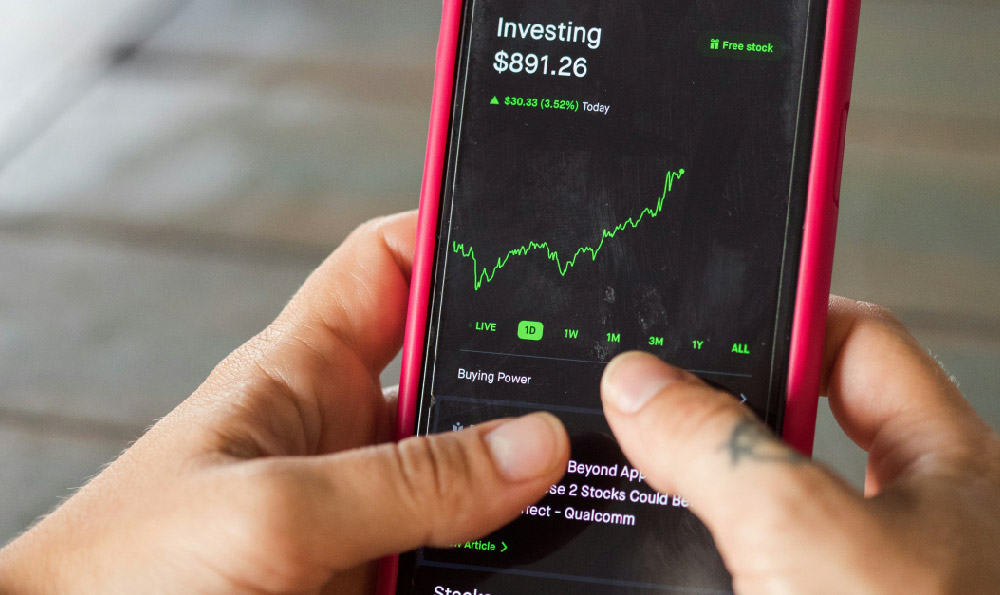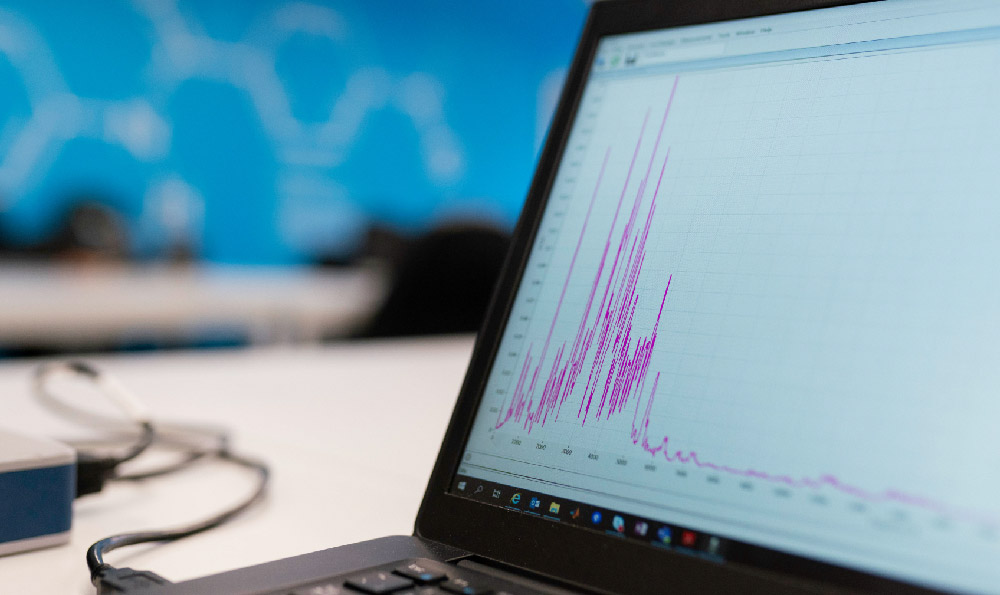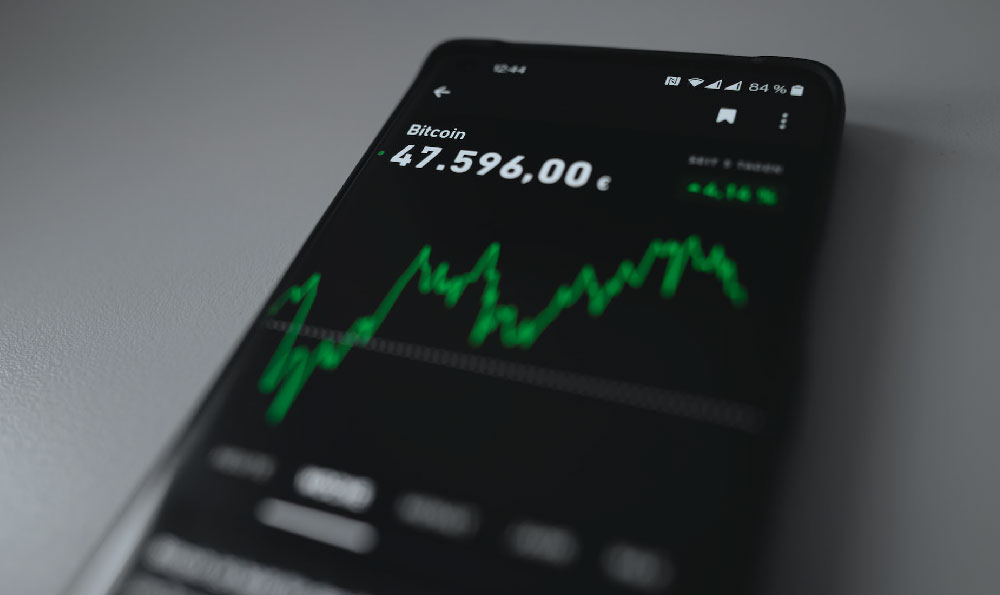United States' Annual GDP: Total Economic Output in a Year

The United States' annual GDP serves as a foundational indicator of the nation's economic health, reflecting the total value of goods and services produced within its borders over a specific period. While this metric traditionally underpins traditional finance, its influence extends into the dynamic realm of cryptocurrency markets, where macroeconomic trends often dictate investor sentiment and asset behavior. Understanding GDP's role in shaping economic output provides a critical lens through which to interpret market dynamics, whether in traditional or digital asset classes. For those engaged in cryptocurrency investment, the interplay between GDP metrics and digital markets can offer actionable insights for strategic decision-making, risk mitigation, and long-term growth.
To begin, GDP is a comprehensive measure that captures the aggregate demand for goods and services, incorporating consumption, investment, government spending, and net exports. Its annual calculation, however, is not a static reflection but rather a snapshot of an evolving economic landscape. For instance, a surge in consumer spending or corporate investment can elevate GDP figures, while recessions or trade imbalances may drag it down. This variability is particularly relevant for cryptocurrency investors, as fluctuations in economic activity often ripple into capital markets. When the U.S. economy experiences robust growth, it tends to foster a more optimistic outlook among investors, potentially driving demand for both traditional assets and digital currencies. Conversely, during periods of economic contraction, uncertainty may lead to capital flight into perceived safe-havens or speculative markets, depending on prevailing conditions.
The composition of the U.S. annual GDP reveals nuanced patterns that can inform investment strategies. Consumption, which accounts for roughly two-thirds of GDP, is heavily influenced by consumer confidence, wage growth, and interest rates. When the economy strengthens and employment rates rise, households often experience increased disposable income, encouraging higher spending and capital investment. This environment can stimulate broader market activity, including the cryptocurrency sector, as investors seek opportunities beyond traditional markets. However, the relationship is not linear. In cases where inflationary pressures or fiscal policies outpace growth, the economic output may stagnate or contract, prompting investors to reassess their portfolios. For example, rising interest rates can curb borrowing and slow economic expansion, which might shift focus toward yield-generating assets or defensive strategies in the cryptocurrency market.

Historical data underscores the complex correlations between GDP trends and cryptocurrency behavior. During the 2020 economic rebound following the pandemic, GDP growth accelerated significantly, coinciding with a surge in institutional interest in Bitcoin and other major cryptocurrencies. This period illustrates how macroeconomic optimism can catalyze speculative demand, even in volatile markets. Yet, the 2022 market downturn, driven by rising inflation and tighter monetary policies, highlights the inverse relationship. While GDP remained resilient, the cryptocurrency market faced sharp declines as regulatory scrutiny intensified and investors withdrew capital from high-risk assets. These examples demonstrate that GDP metrics, though not directly tied to digital markets, can indirectly influence investor behavior by signaling broader economic conditions.
For cryptocurrency investors, understanding GDP dynamics allows for proactive risk management. A growing economy typically supports a more bullish market, as businesses expand and innovation accelerates. However, cyclical downturns or structural shifts—such as the transition to renewable energy or changes in global trade patterns—can introduce volatility. By analyzing GDP trends alongside other indicators like employment data, consumer price indices, and fiscal policy changes, investors can better anticipate market movements. For instance, a slowdown in GDP growth might indicate reduced corporate investment, potentially affecting the demand for blockchain-based projects or DeFi protocols. Conversely, accelerated GDP growth could signal increased adoption of technology-driven solutions, bolstering confidence in cryptocurrencies.
In crafting an investment strategy, aligning with GDP-driven trends can yield advantages. During periods of economic expansion, allocating a portion of capital to growth-oriented cryptocurrencies, such as those focused on emerging technologies or decentralized finance, may capitalize on increased innovation and institutional interest. However, during economic uncertainty, diversifying across stablecoins, asset-backed tokens, or traditional assets can provide a buffer against market swings. The key lies in maintaining a balance between opportunistic growth and risk mitigation, ensuring that investment decisions are informed by both macroeconomic data and market-specific fundamentals.
Moreover, GDP trends can shed light on regulatory and macroeconomic risks that impact the cryptocurrency ecosystem. For example, policies aimed at curbing inflation or stabilizing the economy may influence taxation, exchange regulations, or adoption rates. A rapidly growing GDP might prompt governments to explore digital currencies as tools for monetary policy, while economic downturns could lead to heightened scrutiny of the sector. Investors must remain vigilant, monitoring how macroeconomic narratives evolve and how they might impact the regulatory environment, which in turn affects market stability and long-term growth potential.
Ultimately, the U.S. annual GDP is not merely a statistical benchmark but a dynamic force that shapes both traditional and digital markets. For cryptocurrency investors, integrating GDP analysis into their decision-making framework can enhance their ability to navigate market cycles, manage risk, and identify opportunities. However, it is essential to recognize that GDP alone cannot dictate market outcomes; it must be paired with a deep understanding of technological advancements, regulatory developments, and broader economic trends. By cultivating a holistic perspective, investors can make informed choices that align with the ever-changing economic landscape, ensuring resilience in both prosperous and challenging times.















